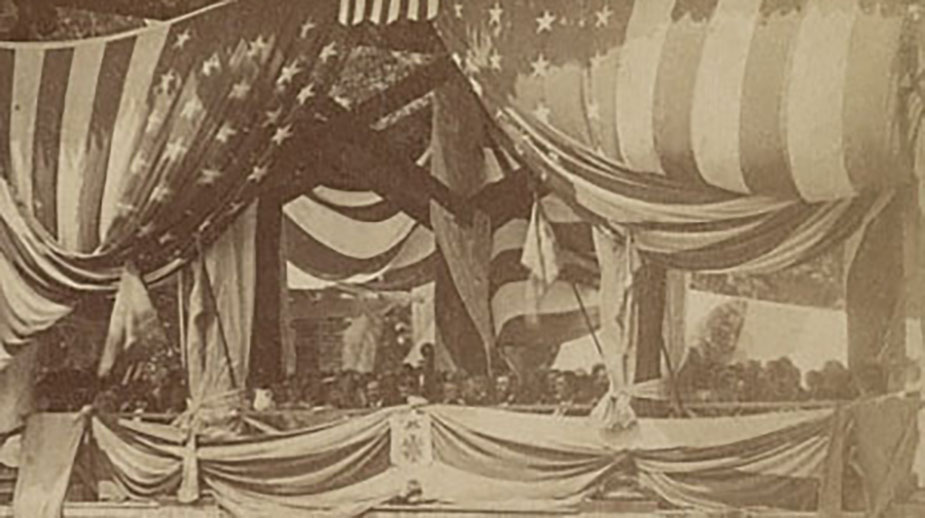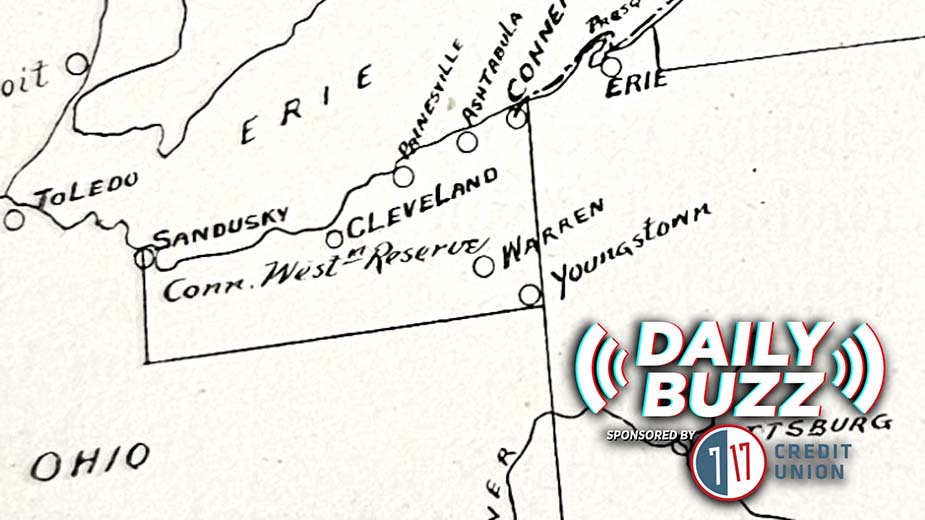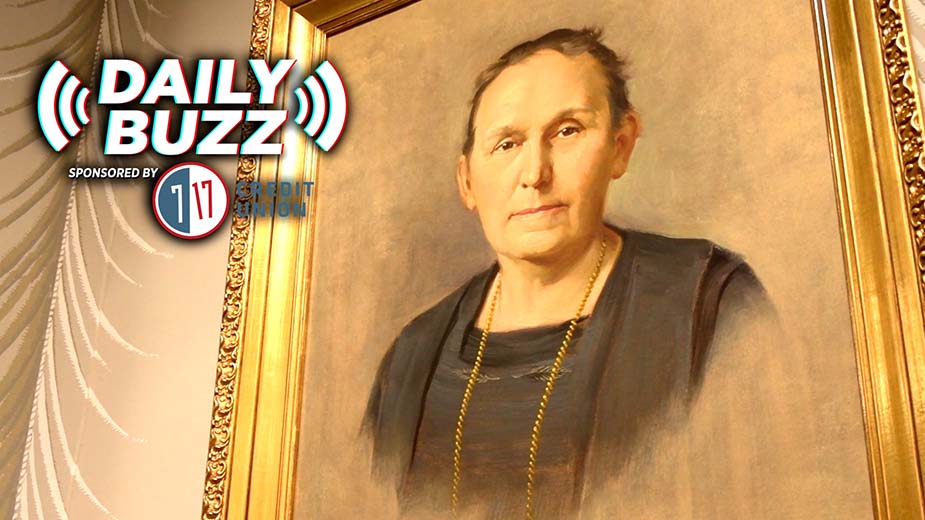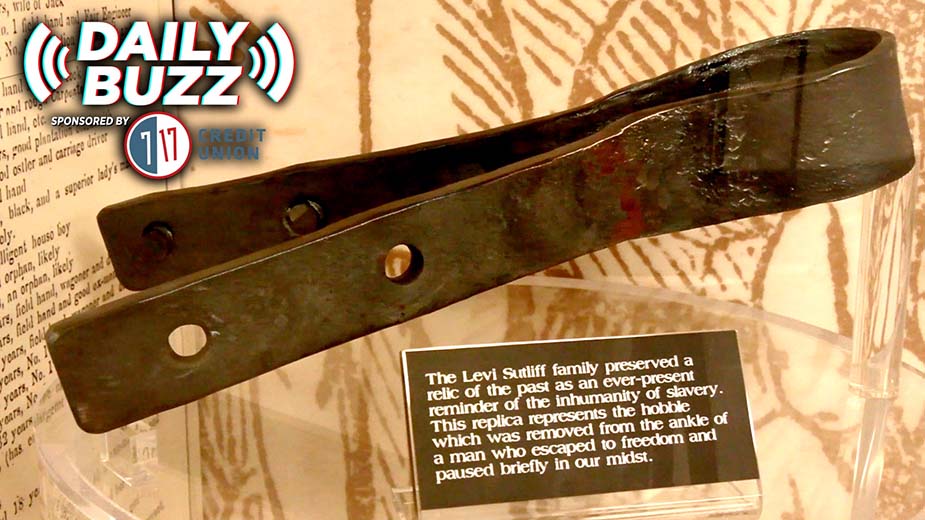First Decoration Day and the Youngstown Connections
YOUNGSTOWN, Ohio – As the nation marks Memorial Day 2021, a federal holiday perhaps celebrated more for the unofficial start of summer than the original, somber meaning of the observance, we choose to remember Civil War Gen. John A. Logan and Union soldier James A. Garfield.
As local history buffs know, and the Mahoning Valley Historical Society has memorialized in one of its “Time Capsules,” the first Decoration Day, May 30, 1868, as it was called three years after the end of the Civil War, has Youngstown connections.
Logan is generally credited as the founder of Decoration Day; Garfield spoke at its first commemoration at Arlington National Cemetery. Both men were very familiar with Youngstown.
Gen. Logan was a commander-in-chief of the Grand Army of the Republic, a Union veterans’ organization.
“On March 3, 1868, Logan issued GAR General Order No. 11, which outlined a national day of remembrance for the fallen. May 30 was chosen, as it did not coincide with a significant battle anniversary,” writes Traci Manning, MVHS curator of education.
On May 30, 1868, U.S. Rep. James A. Garfield, who would be elected president in 1881, “spoke to a massive crowd [at Arlington National Cemetery] before a group of nearly 5,000 volunteers [who] decorated more than 20,000 graves,” writes Manning.
Garfield began his remarks with solemnity.
“I am oppressed with a sense of the impropriety of uttering words on this occasion. If silence is ever golden it must be here beside the graves of 15,000 men, whose lives were more significant than speech and whose death was a poem, the music of which can never be sung,” The New York Herald reported him as saying.
Garfield was elected to Congress from this district while he was serving in the Civil War. Growing up, he worked in Youngstown.
As Clingan Jackson wrote in 1953 in The Vindicator, when the canal to Youngstown opened in 1839, young Garfield “was one of the boys who drove tow horses.”
Jackson’s memoir, “Clingan’s Chronicles,” published in 1991 by the Youngstown Publishing Co., states even when he was president, “Garfield was often referred to as the ‘canal tow boy,’ for as a youth, he was frequently seen in the basin area. The old canal paralleled the Mahoning River and was between the river and Front Street. … The canal basin was just east … of what is now the South Avenue Bridge,” Jackson writes.
Gen. John Logan ran for vice president on the Republican Party ticket in 1884. He and his son, Major John A. Logan II, visited the city and were guests of Chauncey Andrews, a prominent industrialist credited with building the B&O railroad through Youngstown. The younger Logan fell in love with Andrews’ daughter, Edith.
As the New York Times reported March 23, 1887, “The only son of Gen. Logan and eldest daughter of Chauncey H. Andrews, millionaire and Standard Oil Company stockholder, were married here at noon today in a floral garden in the library of the Andrews mansion, 750 Wick Ave. in Youngstown.”
Major Logan would serve in the Spanish American War and would be killed in 1899 during a skirmish in the Philippines, which the United States annexed and colonialized as part of the 1898 treaty with Spain.
At the time, William McKinley was the nation’s commander in chief.
McKinley was born in Niles, educated in Poland, and represented Youngstown in the U.S. Congress. He served until he was defeated in 1890. Two years later he was elected Ohio governor. In 1896, he was elected president.
Another Youngstown connection.
Copyright 2024 The Business Journal, Youngstown, Ohio.



